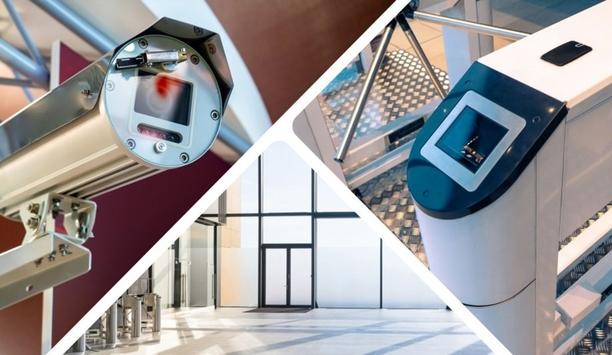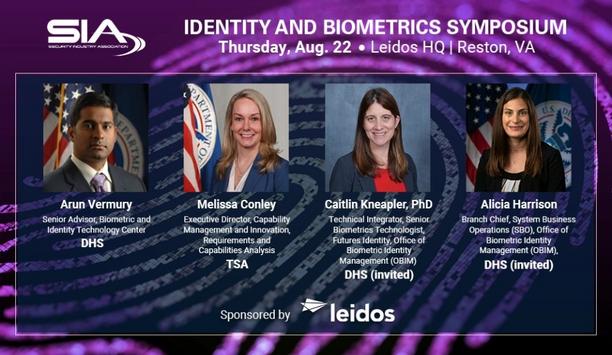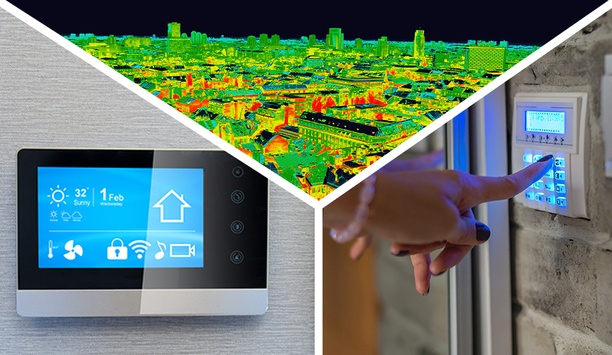How Does Terrorism Impact The Security Market?
Editor Introduction
Statistically speaking, incidents of terrorism are unlikely to impact most businesses and institutions. However, the mere possibility of worst-case-scenario attacks is enough to keep security professionals awake at night. Compounding the collective anxiety is the minute-by-minute media coverage when an attack does occur. The immediacy of the shared experience of global tragedy impacts us all – including security system decision-makers. We asked this week’s Expert Panel Roundtable: How is the rise in terrorism impacting the physical security market?
The rise of international and domestic terrorism is forcing global organizations to become increasingly cognizant at leveraging emerging technologies that draw upon robust artificial intelligence to help enhance traditional physical security programs. This extends beyond the scope of smart cameras or facial recognition software. Many organizations are now protecting their assets and mitigating against potential risks by harnessing situational intelligence alerting software tools that can dissect and analyze structured and unstructured data derived from news, social media and government sources spanning multiple languages from around the world. Many security leaders are also taking it a step further by ensuring that raw intelligence data collected from these sophisticated tools are augmented by teams of highly skilled intelligence and security analysts. They perform daily threat analysis, identify intelligence and security gaps and provide critical forecasting on global emerging threats and trends that focus on the overall impact to their respective organizations.
Historically, terrorism has undoubtedly driven developments in the sector, with investments in tougher defences triggered by sustained periods of threat. A clear example is London, which today is one of the most watched cities in the world as a result of past attacks. Yet the security sector today has innovation hard-wired into its DNA, and investments continue regardless of specific incidents – because it is now recognized that the next potential terrorist is always just around the corner. So risk assessments are more sophisticated and less reactive. Technology vendors continually collaborate with customers to find smarter and more cost-effective measures. And big investments in R&D (46% of employee effort, in the case of IDIS) drive new products and technologies – for example, AI/deep learning and biometrics – as well as opening opportunities for new market entrants and innovations such as cloud-based communications and safety apps.
The increase in terrorist related-incidents (such as the brutal attacks in Sri Lanka) and in parts of the globe often considered to be immune from terrorist attention (such as New Zealand), continues to raise awareness within the general public of security risks, and thus drives demand for mitigation measures in the physical security space. It is a sad ongoing fact of the times that we live in. We must all be continually aware of the threat and take the required precautions, but in a way that doesn’t impact the way we go about conducting our daily lives. Security must protect people and property, but also be easy to use. Nobody wants to feel constantly under surveillance, so security needs to be subtle yet prominent enough to make people feel safe and to deter criminals in the first place. As the old saying goes, ‘prevention is better than cure’.
A terrorism attack has the ability to bring a business enterprise to a standstill. Aside from carrying the potential for considerable and irreparable damage to people and property, brand reputation and business assets are also at risk. And as today's organizations continue to leverage the convenience of the Internet of Things (IoT) and connected devices, we're seeing an increase in vulnerabilities that can be exploited by intelligent and sophisticated terrorist groups. The physical security market is therefore impacted by the need to ensure collaboration with IT and cybersecurit’y departments to develop a holistic, comprehensive approach to risk mitigation. This requires a high level of convergence among all stakeholders to break down traditional silos and facilitate intelligence gathering across the enterprise. Additionally, by making vigilance and the continuous improvement of security practices top priorities, businesses can establish a proactive and efficient security strategy to combat the risk of terrorism.
Editor Summary
Terrorism is a grim reality – and a sign of the times. The ongoing (if unlikely) possibility of a terrorist attack can be a factor in security decision-making. Hardware and software tools provide new avenues of response and prevention, and their thoughtful implementation can provide part of the solution. Awareness and constant vigilance are also needed; and if we waver, there is always a new tragedy on the horizon to remind us what is at stake.
- Related companies
- TDSi
- Verint Systems
- G4S Technology Ltd.
- IDIS
- Related categories
- Surveillance cameras
- Access control software
- View all news from
- TDSi
- Verint Systems
- G4S Technology Ltd.
- IDIS
Expert commentary
Security beat
Security bytes
- Getting To Know Dan Grimm, VP And General Manager Of Computer Vision At RealNetworks
- Big Wins And The Importance Of Showing Up: Insights From SecurityInformed.com Editor Larry Anderson
- Setting Goals, Business Travels And Radioactivity: Success Secrets From Tiandy's John Van Den Elzen
- Getting To Know Jeff Burgess, President/CEO At BCDVideo
The Security Challenges Of Data Centers
DownloadSecurity Practices For Hotels
DownloadAccess Control System Planning Phase 2
DownloadSIA Identity and Biometrics Symposium
DownloadGunshot Detection
DownloadASSA ABLOY Aperio P100 Padlock
Climax Technology TouchPanel-3
ASSA ABLOY eCLIQ Electronic Key For Enhanced Building Security




















